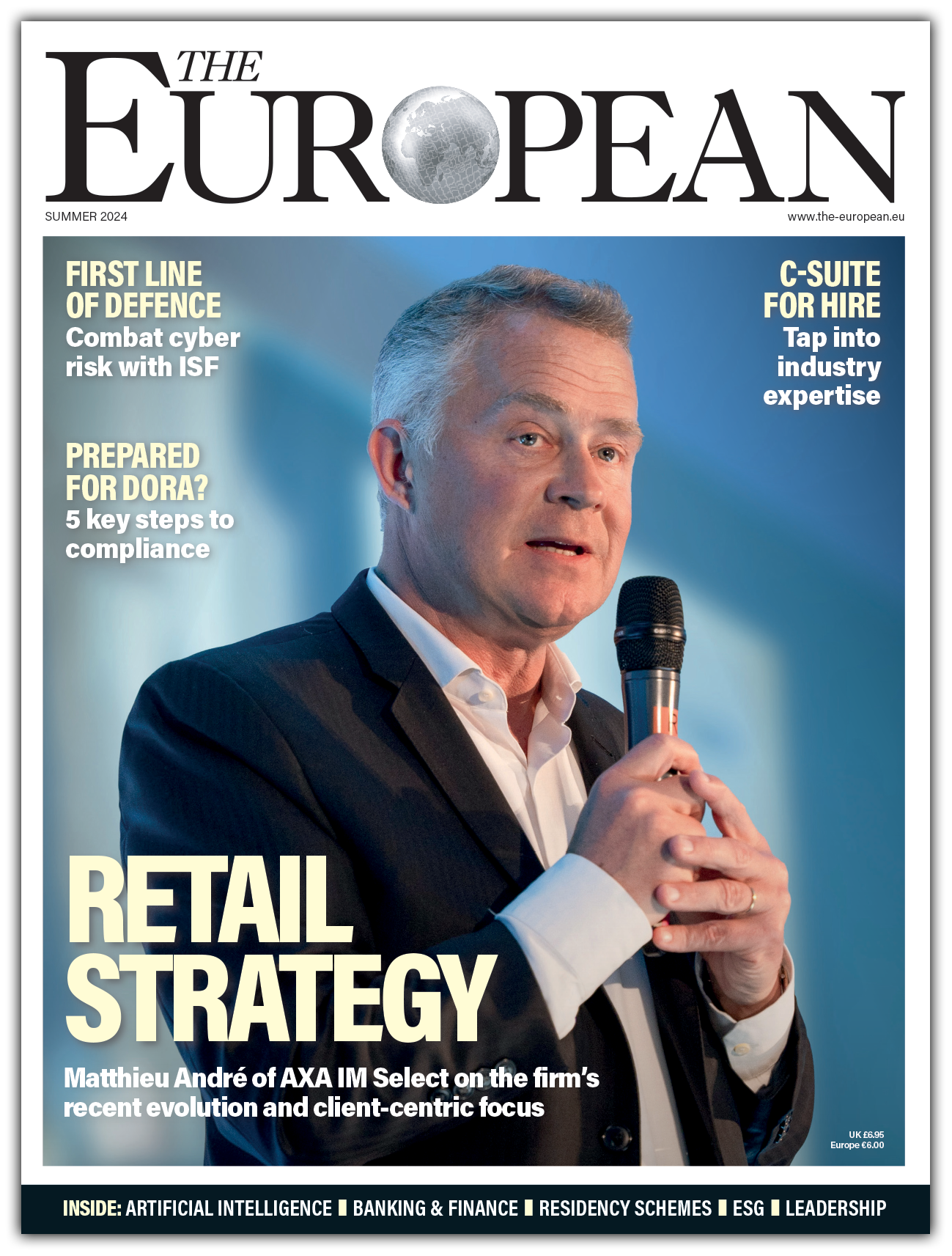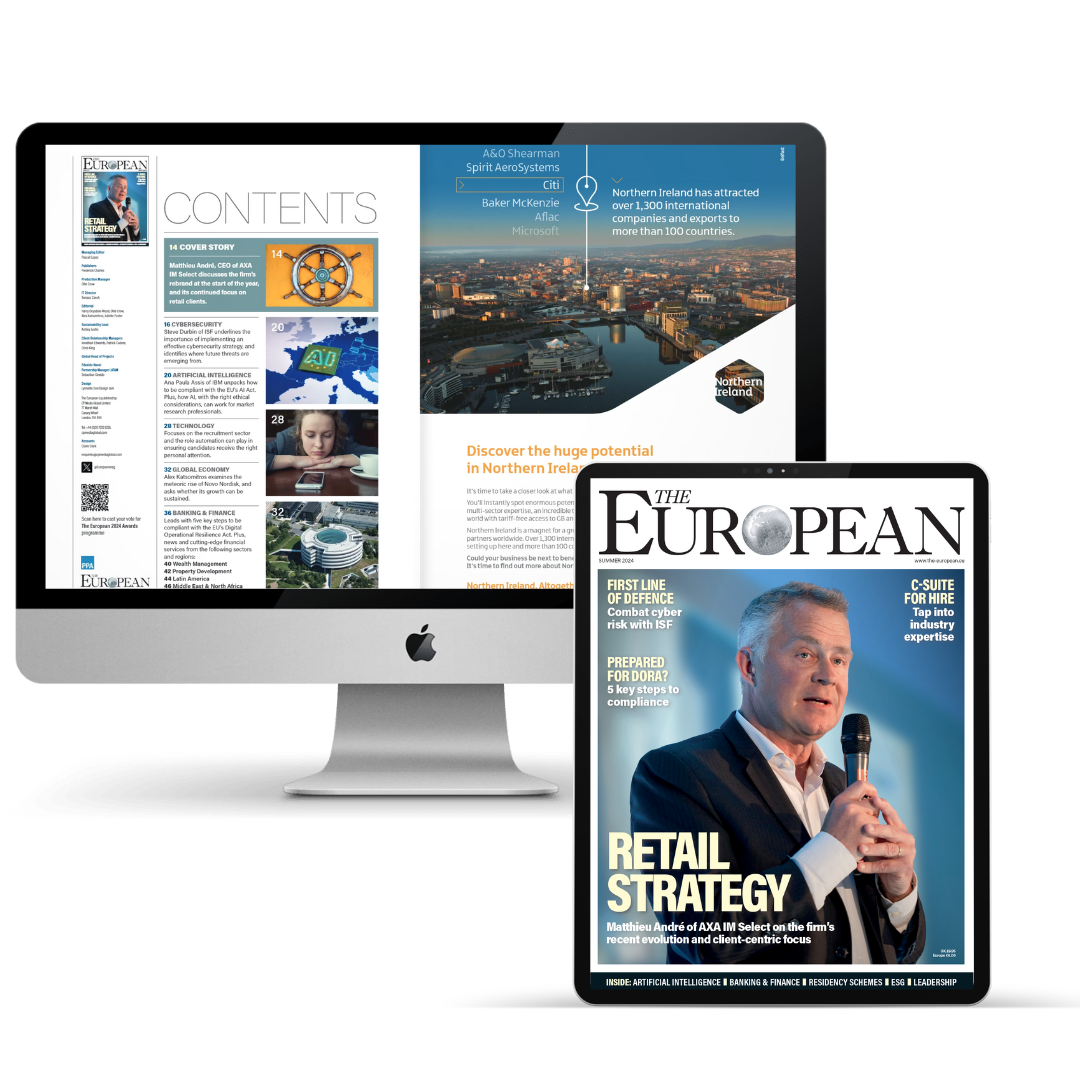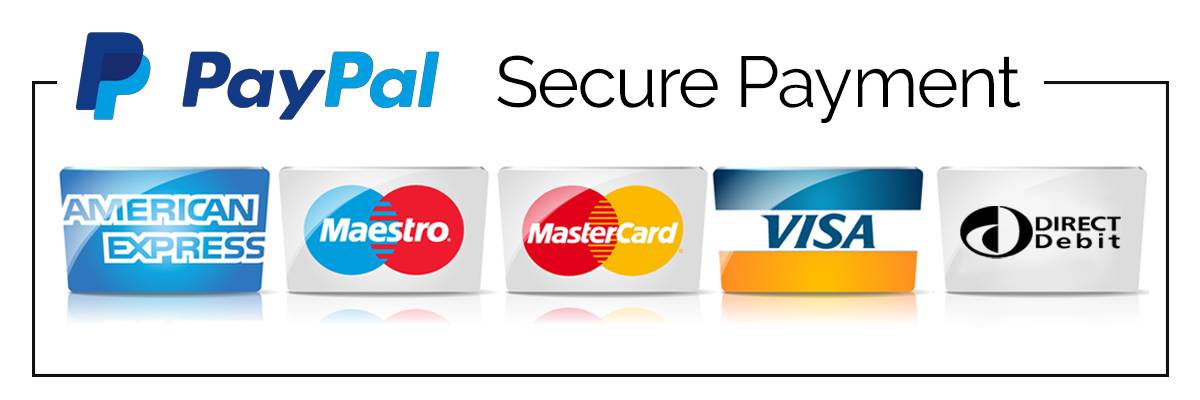
Every member of a team is different, Dr Guy Lubitsh and Dr Tami Lubitsh-White explore how different connectors can work together in their new book
Recent research by Oracle, involving 12,000 executives, managers and employees reveals that 70% of respondents reported feeling more stressed and anxious at work than ever before. With the current rise of remote working, managers and staff are cut off from the informal communication in the office. Consequently, it is very difficult to seek advice or ask for help. Improving team and organisational connectivity is critical to maintain performance and combat the rising number of mental health issues at work. In this article, we will provide a brief overview of four different connector types and explore how different connectors connect. We will offer useful tips that can support your relationships with your boss, team and key stakeholders.
The Four Connector Types
1. The Director – gets things done
2. The Specialist – improves quality
3. The Innovator – makes things better
4. The Facilitator – creates harmony
Each connector has distinct qualities and motivators, as presented in the table below. Though we acknowledge people are complex and nuanced, our work suggests that that people will broadly recognise themselves in the characteristic and motivators of one of the four connector types. It’s important to understand that we need different connector types when we are delivering complex tasks. For example, an Innovator will need a Director to make sure that their ideas are translated into a final product. Here are a few details on each Connector type
Director (gets things done). Self-disciplined, dressed well and formal. Less interested in informal conversations. Straight forward and direct tone. Likes pace and can be cut and dry. Fills in the silence. Directors are dominant, focussed and serious. It’s worth the risk to go ahead and decide. Directors get stressed by long introductions, slow pace and silences
Facilitator (creates harmony). Facilitators are sociable and tend to please others. Persuasive and enthusiastic. Pauses to express feelings. Facilitators have a gentle, warm tone. Casual, friendly, approachable, laid back unthreatening. They may be seen as intrusive. Facilitators believe that It’s worth engaging with others and getting buy in for the way forward. Facilitators get stressed by open conflict and lack of appreciation to their contribution
Innovator (makes things better) Jumps from one thing to another. Looks different. Enthusiastic, animated, fast paced, less comfortable with silence. Innovators are impatient, dreaming, reflective and rushes through things. Innovators believe that it’s worth sharing ideas. They get stressed by rigid plans and/or little opportunity to contribute. Lack of perceived ‘big picture’ thinking from others
Specialist (improves quality) Quiet, introverted and Unassuming. Honest, clear boundaries between work and private life. Calm and measured tone. Silence is natural for specialists. They believe it’s worth integrating all the data and information. They get stressed by contributing to broader issues that are outside their areas of expertise, work that is not backed up by data/evidence
How do different connectors connect?
In order to build rapport and adapt to different connectors, we need to recognise our own unique style and adapt our behaviour to complement others. For example, a goal-oriented ‘Director’ can disclose to others his/her preference for getting things done, as well as their personal difficulty with slow pace, reflection and silences. This can help others understand the ’Director’ and flex communication to perhaps avoid small talk and get to the point. In return, the ‘Director’ can recognise the benefits of allowing the ‘Innovator’ space to discuss and develop new ideas, learning to value reflection and slower pace as a valuable aspect of effective group process.
Building rapport and understanding the different connectors in your team is hugely beneficial for all members. Below, we suggest some key words/sentences that you can use to nurture more productive relationships.
- Directors
What do Directors want?
To get things done and keep the task on track.
Connecting with Directors
- Be concise and on point, stay on track
- Show interest in the progress of plans
- Listen to what they say and do not interrupt
- Summarize/paraphrase their thinking
- Emphasize actions, milestones, bottom line impact/results, financials gains
- Think things through – do not jump in
Sentences to use
“In order to reach our targets, we should.”
“I think…”
“We are on track with our action plan…”
“The reasons for the lack of progress are… and we can mitigate these by…”
“I am happy to pick up this task for you…” or “so what you want me to do is…”
“I agree with you”
“Our next steps…”
- Facilitators
What do Facilitators want?
To facilitate group harmony and ensure commitment to values
Connecting with facilitators
- Be optimistic
- Show empathy and willingness to be open and express emotions
- Emphasize loyalty, values, connections and social good goals
- Keep eye contact and make sure that you are engaging the other person
- Listen carefully and mirror their body language
- Be sensitive to their emotions and show engaging energy
- Show motivation to include everyone and aim for a participative approach/result
- Ask for their opinions
Sentences to use
“I feel that…”
“We would love your input/contribution”
“I value your experience/expertise in this area”
“We want you to lead on this…”
“How do you think we should proceed?”
“Which people do you think we should involve?”
“This work will help… (emphasise social/values impact)”
- Innovators
What do innovators want?
To renew the group with new ideas.
Connecting with innovators
- Expressive gestures
- Be optimistic about what’s possible
- Show respect and listen to their ideas
- Do not push for details and a great deal of planning
- Excite them by offering new ideas/space for innovation
Sentences to use
“I have an idea/concept…”
“Can you please tell me more about your idea/concept?”
“What can we do together?”
“It’s exciting/inspirational”
- Specialists
What do specialists want?
To support the group process with data and expertise and improve quality.
Connecting with specialists
- Stay focused on the task and key points
- Avoid personal and social chit chat
- Explain things quietly and clearly
- Emphasize quality and data
- Show respect to specialists’ professionalism/expertise
- Use contained gestures
Words/sentences to connect with specialists
“I have worked in this area for x years and therefore believe…”
“In my professional view…”
“This paper/research/evidence suggests…”
“What’s your expert view on this?”
“How about we look for more data/evidence?”
“How does this work impact quality?”
To identify your personal connector type and learn about individual and team motives, strategies, characteristics, strengths, challenges and triggers for stress, visit: https://public.virtual.ashridge.hult.edu/section/connector_type
Dr Guy Lubitsh and Dr Tami Lubitsh-White are the authors of Connect: Resolve Conflict, Improve Communication, Strengthen Relationships (available now, published by Financial Times Publishing, priced £14.99).






